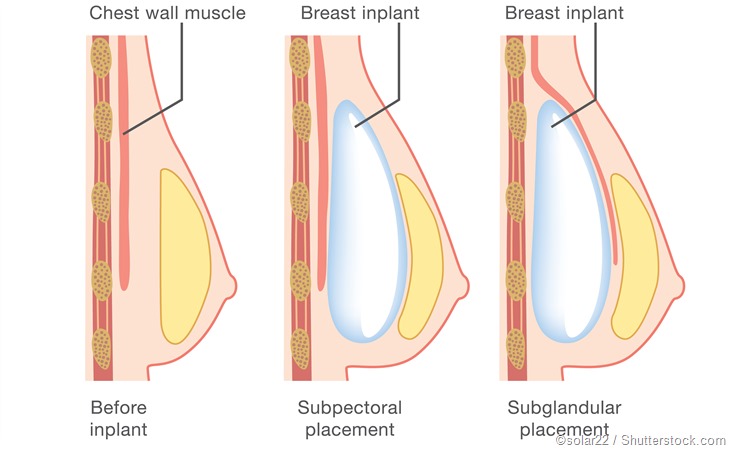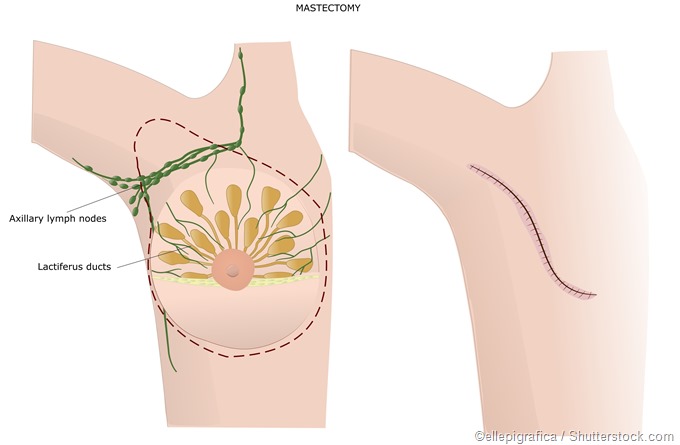tetracycline dosage for treatment of periodontitis

Breast surgery refers to any surgical operation done on the breasts for any reason, whether for diagnosis or treatment of neoplastic or non-neoplastic conditions. The specialists who investigate and operate on breast pathologies are breast surgeons.
A huge part of their work is centered on cancer, what men should expect taking clomid which requires surgical removal and subsequent reconstruction of the breast. Breast surgeons, together with plastic surgeons, are also involved with augmentation of the breasts and breast reduction, usually performed for cosmetic reasons.
Breast augmentation
Breast augmentation is surgery done to increase the size of the breasts with the help of implants or fat. It is also known as augmentation mammaplasty. This surgery is performed for patients who wish to increase the projection and fullness of their breasts, as well as to improve the balance between the breasts and the hips.

Such procedures may be requested by women to enhance their self-confidence and to better fit how they wish to be seen by others. It is important to note, however, that breast augmentation will not correct breasts that are sagging, as this requires a breast lift.
At the beginning of the procedure, local or general anesthesia is used. Incisions are then made in an inconspicuous areas in order to minimize the visibility of the surgical scars. The incisional areas depend on the desired outcome, but generally tend to be peri-areolar (i.e. along the edge of the areolas), inframammary (i.e. in the folds beneath the breast) or in the axillary (i.e. armpit) regions.
Breast implants may then be inserted either below the pectoral muscle or above it and under the breast tissue. The incisions are then closed. The incision lines disappear with time. However, scarring is determined by environmental and genetic factors, as well as the skill of the surgeon.
Breast reduction surgery
The removal of excess tissue, fat and skin from the breasts is known as breast reduction or reduction mammoplasty. This is usually requested by patients who experience discomfort due to oversized breasts and the correction takes into account body proportions.
Like breast augmentation, breast reduction may also boost a woman’s self-esteem and confidence. Women with breasts that are too large may have chronic aches and pains as well as difficulties with physical activities. It may also be hard to find bras and clothing that fits them.
The procedure is typically done under general anesthesia and the chosen points for incision may vary depending on the desired outcome. Areolar incisions are often preferred. Once the incision is made, excess skin, tissue and fat is removed, and the nipple together with the areola may need to be removed and replaced at a higher position.
This depends on the extent of the reduction and the sagginess of the breasts. The breasts might feel sensitive and painful following the procedure, and there may be swelling and bruising. The use of elastic bras with compression might be required for some time to protect and support the breasts, but healing is usually complete within 4 weeks or so.
Mastectomy
A mastectomy refers to the removal of the entire breast, a procedure usually reserved for neoplastic indications. Mastectomies may be partial, total, radical, modified radical, or nipple sparing (i.e. removing the breast, but saving the nipple). A partial mastectomy or a lumpectomy is indicated when the surgery is aimed at the removal of only cancerous tissue and an adjacent healthy margin, while sparing the rest of the breast.

In technical terms, partial mastectomies and lumpectomies are fairly similar; however, more tissue is removed in the former. Total mastectomies remove the entire breast, but spare the axillary lymph nodes and muscle tissues outside the breast proper. In contrast, radical mastectomies include the removal of breast and muscle tissue in the chest wall, as well as of the draining lymph nodes in the axilla and other locations. It has been largely replaced by the modified radical mastectomy which preserves the chest muscles.
References
- https://www.plasticsurgery.org/cosmetic-procedures/breast-augmentation
- http://www.mayoclinic.org/tests-procedures/breast-reduction-surgery/basics/definition/prc-20021706
- http://www.breastcancer.org/treatment/surgery/mastectomy/what_is
Further Reading
- All Cosmetic Surgery Content
- The Benefits and Risks of Laser Tattoo Removal
- What is Laser Hair Removal?
- Health Risks of Laser Hair Removal
- Cosmetic & Medical Injectables Overview
Last Updated: Feb 26, 2019

Written by
Dr. Damien Jonas Wilson
Dr. Damien Jonas Wilson is a medical doctor from St. Martin in the Carribean. He was awarded his Medical Degree (MD) from the University of Zagreb Teaching Hospital. His training in general medicine and surgery compliments his degree in biomolecular engineering (BASc.Eng.) from Utrecht, the Netherlands. During this degree, he completed a dissertation in the field of oncology at the Harvard Medical School/ Massachusetts General Hospital. Dr. Wilson currently works in the UK as a medical practitioner.
Source: Read Full Article